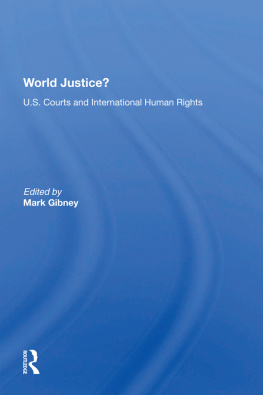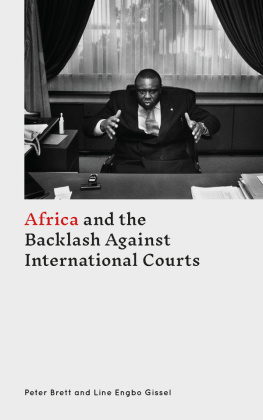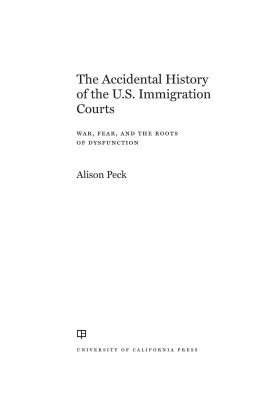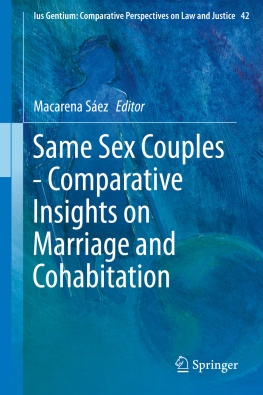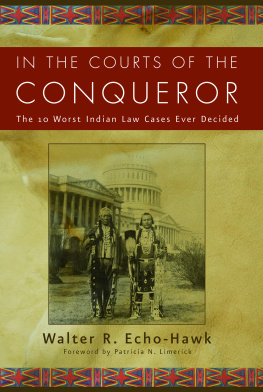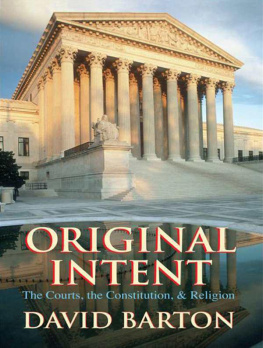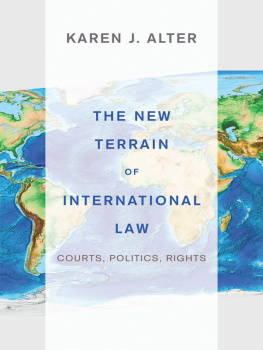LEGAL ACCENTS,
LEGAL BORROWING
LEGAL ACCENTS,
LEGAL BORROWING
THE INTERNATIONAL
PROBLEM-SOLVING
COURT MOVEMENT
JAMES L. NOLAN JR.

Copyright 2009 by Princeton University Press
Published by Princeton University Press, 41 William Street,
Princeton, New Jersey 08540
In the United Kingdom: Princeton University Press, 6 Oxford Street,
Woodstock, Oxfordshire OX20 1TW
All Rights Reserved
Library of Congress Cataloging-in-Publication Data
Nolan, James L.
Legal accents, legal borrowing : the international problem-solving court movement / James L. Nolan Jr.
p. cm.
Includes bibliographical references and index.
ISBN 978-0-691-12952-5 (hardcover : alk. paper)
1. Criminal justice, Administration of. 2. Dispute resolution (Law)
3. Alternative convictions. 4. Restorative justice. 5. LawAmerican
influences. I. Title.
K5001.N65 2009
345.05dc22
2008037719
British Library Cataloging-in-Publication Data is available
This book has been composed in Sabon
Printed on acid-free paper.
press.princeton.edu
Printed in the United States of America
10 9 8 7 6 5 4 3 2 1
To Amy, David, Laura, and Will
CONTENTS
CHAPTER ONE
Problem Solving and Courts of Law
CHAPTER TWO
Law and Culture in Comparative Perspective
CHAPTER THREE
Anglo-American Alternatives: England and the United States
CHAPTER FOUR
Commonwealth Contrasts: Canada and Australia
CHAPTER FIVE
Devolution and Difference: Scotland and Ireland
CHAPTER SIX
American Exceptionalism
CHAPTER SEVEN
Ambivalent Anti-Americanism
CHAPTER EIGHT
Building Confidence, Justifying Justice
ACKNOWLEDGMENTS
THIS PROJECT, long in the works, has benefited from the assistance of a number of individuals and institutions. I began work on the project in England in 1999 with the assistance of a National Endowment of the Humanities grant and a Fulbright Scholarship. The Midland Centre for Criminology at Loughborough University proved an ideal location to start work on the project. Philip Bean, then-director of the Centre, was a helpful colleague and encouraging host. I also profited from two years as a Visiting Fellow at the Centre for Criminology at Oxford University between 2004 and 2006. Regular staff as well as other visitors at the Centre offered valuable input on a variety of aspects of the project. , for example, began as a paper presentation at All Souls College in a seminar sponsored by the Centre. Input I received in the context of the seminar, as well as in other conversations with Lucia Zedner, Federico Varese, Richard Young, Carolyn Hoyle, and Rasmus Wandall, was helpful in a number of respects.
I also benefited from feedback on work presented at two conferences focused on criminal court innovations and researchone at Columbia University Law School in 2003 and another at Tel Aviv University Law School in 2007. Among those offering helpful comments during these events were Hadar Aviram, Shai Lavi, and Malcolm Feeley. I have several to thank for reading and commenting on all or part of the book manuscript, including Philip Bean, Richard Boldt, Michael Brown, Kai Erikson, David Garland, Robert Jackall, David Nelken, Julian Roberts, Olga Shevchenko, and Glenn Took. The customary caveat is in order here; that is, only the authorand not those who so generously read and offered feedback on the workbears responsibility for any oversights or errors that remain.
I am grateful to the many judges, magistrates, sheriffs, probation officers, treatment providers, evaluators, lawyers, clerks, and other professionals working in problem-solving courts around the world, who opened their courtrooms and offices to me and willingly and patiently responded to my many questions. It would be impracticable to name all who have helped in this way, and, of course, completion of the project would have been impossible without their cooperation. Several program directors and academics with considerable local knowledge of problem-solving courts in their respective countries took time to consult with me during my travels. Especially deserving of mention in this regard are Moira Price, Arie Freiberg, and David Indermaur.
Williams College students played an important role in the completion of this book. In the very early stages of the research, Sara Arnold worked with admirable skill organizing materials collected for the six cases represented in the comparative study. After graduating from Williams, Sara continued her quality assistance, both in transcribing interviews and in editing various chapters. Thanks goes to students on the Williams-Exeter Programme at Oxford University, including Arathi Rao, Nika Engberg, Rosie Smith, and Devin Yagel, who helped with interview transcriptions and other background research. At Williams College, Linda Saharczewski also helped transcribe interviews, and Donna Chenail, with her usual alacrity and good cheer, assisted in numerous ways during the years of work on the project. I owe much thanks to Ian Malcolm at Princeton University Press for useful input in all stages of the project and for so ably guiding the book through the editorial process.
Finally, I was once again served immeasurably by the support and patient counsel of my wife, Cathy. The research demands of the project were lightened and energized by the company and interest of our four children, to whom this book is proudly dedicated.
appeared in Ambivalent Anti-Americanism: The Ironies of Exported Culture, Culture 2, no. 1 (Spring 2008). Permission to use this material is respectfully acknowledged.
LEGAL ACCENTS,
LEGAL BORROWING
INTRODUCTION
ON a drizzly December morning in 1992, a fourth-grade boy at Red Hooks Public School 15 in Brooklyn, New York, got in a fistfight with another nine-year-old. Upset by the altercation, the boy walked away from school in tears. When Patrick Daly, the popular principal of P.S. 15, learned of the situation, he left the school to look for the boyan action consistent with the character of this man, who had been teaching at the school since 1966 and had been principal since 1986. Walking through Red Hooks crime-ridden housing projects in search of the young boy, Daly eventually found himself in the crossfire of a drug-related skirmish. A stray bullet hit Daly in the chest, and he fell to the ground. Edgardo Torres, a security guard and former marine who witnessed the shooting, reached the fallen principal and attempted to administer CPR. Dalys last words to Torres: Thank you. At 12:10 p.m. Patrick Dalydescribed by many as a soft-spoken, dedicated, and caring educatorwas pronounced dead at the Long Island College Hospital.
Three teenagers were later arrested, tried, and convicted for the murder of the beloved school principal, but the community was left grieving at its loss and determined to do something about widespread crime in Red Hook. Just a few years before Dalys untimely death, Red Hook had been featured in Life magazine as a degenerating community racked by rampant criminal activity and a raging crack epidemic. The streets of the Red Hook neighborhood, as depicted in the 1988 article, were littered with empty crack vials and hypodermic needles, terrorized by near-daily shoot-outs between rival drug operations, and populated by residents so frightened they rarely left their apartments. Almost anticipating Dalys murder, one resident, who was interviewed for the article, said of the crack gangs, They kill each other and anybody in the way.
The death of the principal, who happened to get in the way, served as a catalyst for action. Charles J. Hynes, Kings County district attorney, and Judge Judith Kaye, chief judge of the New York Court of Appeals, with the help of New Yorks Center for Court Innovation (CCI), worked together to help bring about what would become a flagship community court: the Red Hook Community Justice Center. The court, which opened its doors in 2000, is located in a renovated building that was previously the home of a local parochial school. The judge-led program, which offers court-monitored intervention for a variety of low-level quality of life crimes (including petty theft, drug offenses, prostitution, and illegal vending), has been presided over by Judge Alex Calabrese since its inception.
Next page

